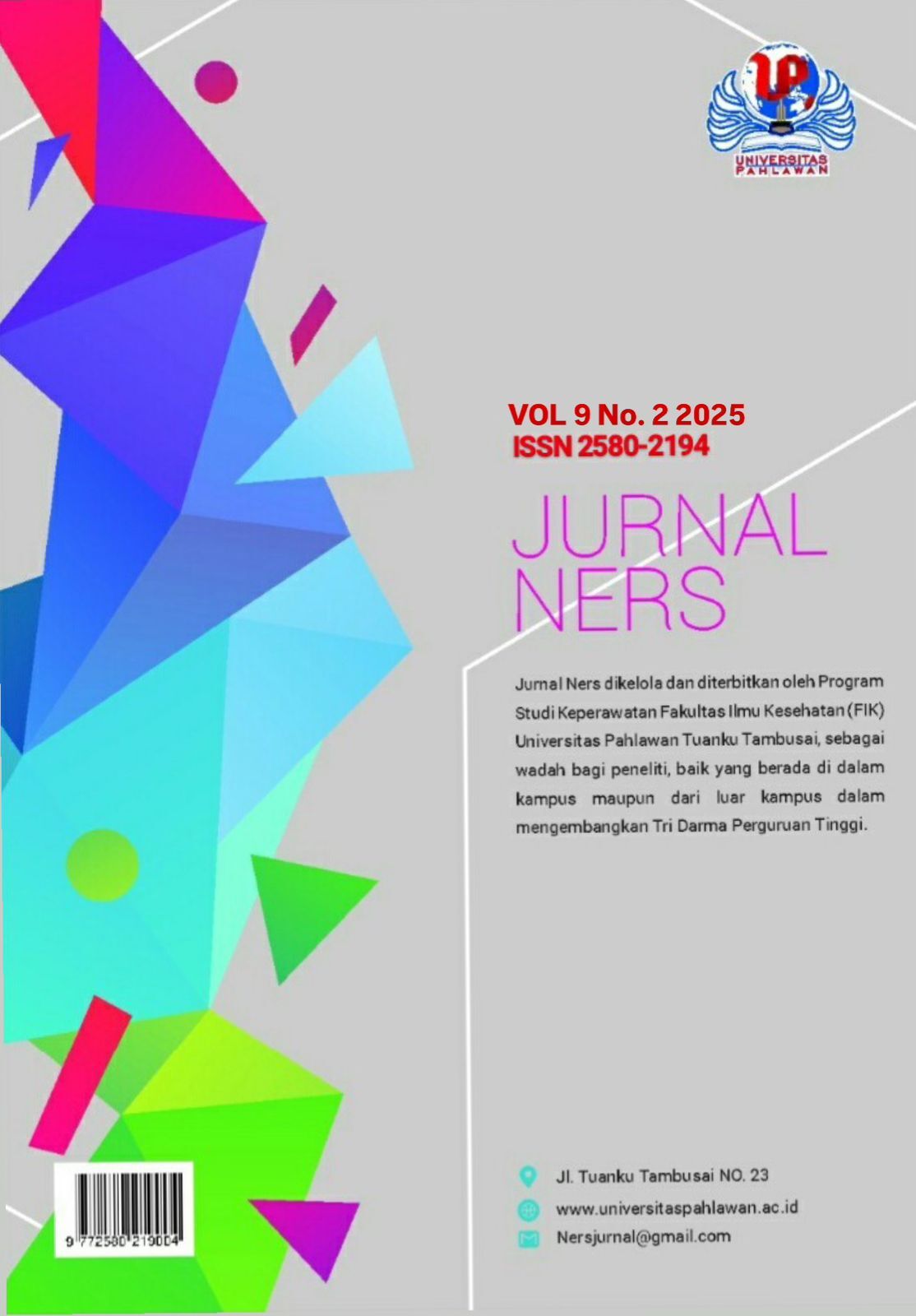Antimicrobial Test of Dayak Onions (Eleutherine Palmifolia (L.) Merr) Leaves on The Growth Of Streptococcus Mutans
DOI:
https://doi.org/10.31004/jn.v9i2.41304Abstract
Streptococcus mutans bacteria is a gram-positive bacterium that can cause infective endocarditis. In USA, the incidence of endocarditis ranges from 3 to 10 cases per 100,000 population per year. Infections caused by bacteria can be treated with antibiotics. Dayak onion leaves have been used as medicinal ingredients because they contain phytochemicals such as flavonoids, saponins, alkaloids, tannins and triterpenoids which act as antibacterial. This study aims to identify the antibacterial properties of Dayak onion leaaves extract against Streptococcus mutans bacteria in vitro. This study used a true experimental design with the treatment of Dayak onion leaves against Streptococcus mutans bacteria to test its antibacterial activity using the well diffusion method with concentrations of 25%, 50%, and 75%. The average measurement results with concentrations of 75%, 50%, and 25% were 25,41 mm, 23,20 mm, and 22,32 mm respectively. The positive control used in the experiment was the Amoxicillin antibiotic with an average inhibition of 18,02 mm and the negative control was Ampicillin antibiotic with an average inhibition of 10,14 mm. Meanwhile, the placebo control was 10% DMSO without an inhibition zone for bacteria. Based on the study results, the extract of Dayak onion leaves with a concentration of 25%, 50%, and 75% have antibacterial activity against Streptococcus mutans bacteria.Downloads
Published
2025-02-16
How to Cite
Sumarni, S., & Kumalasari, I. (2025). Antimicrobial Test of Dayak Onions (Eleutherine Palmifolia (L.) Merr) Leaves on The Growth Of Streptococcus Mutans. Jurnal Ners, 9(2), 1624–1629. https://doi.org/10.31004/jn.v9i2.41304
Issue
Section
Articles
License
Copyright (c) 2025 Jurnal Ners

This work is licensed under a Creative Commons Attribution-ShareAlike 4.0 International License.
Authors who publish with this journal agree to the following terms: Authors retain copyright and grant the journal right of first publication with the work simultaneously licensed under a Creative Commons Attribution-ShareAlike 4.0 International License that allows others to share the work with an acknowledgement of the works authorship and initial publication in this journal. Authors are able to enter into separate, additional contractual arrangements for the non-exclusive distribution of the journals published version of the work (e.g., post it to an institutional repository or publish it in a book), with an acknowledgement of its initial publication in this journal. Authors are permitted and encouraged to post their work online (e.g., in institutional repositories or on their website) prior to and during the submission process, as it can lead to productive exchanges, as well as earlier and greater citation of published work (See The Effect of Open Access).








